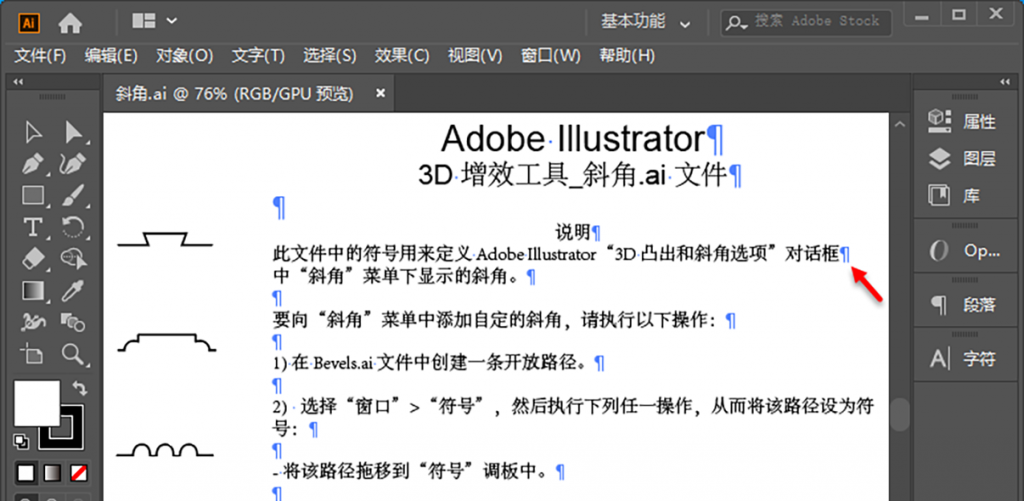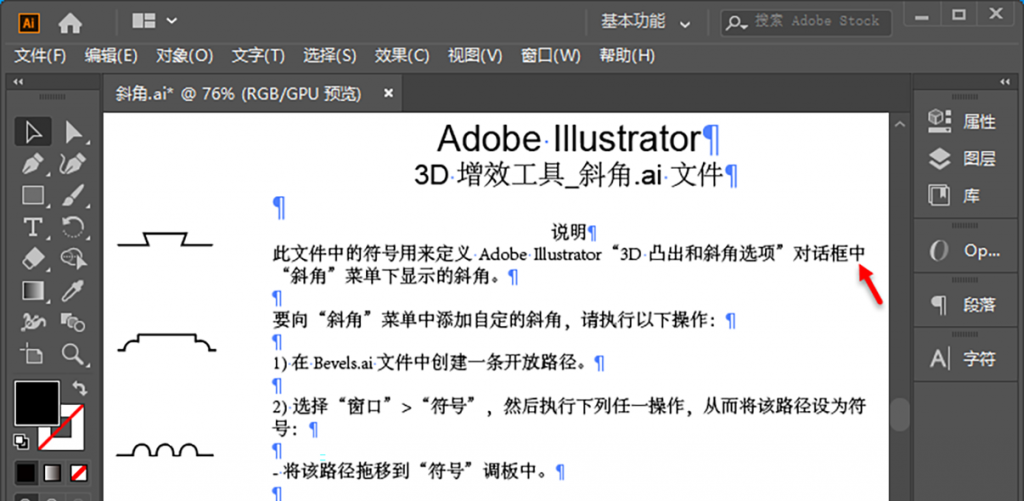THE BUILDING BLOCKS OF LOCALIZATION
The engineering capability of localization team is an important element that determines the final quality of localized products, especially in today’s massive use of automation and diversity of tools and content to be localized. The main responsibility of localization engineer is to ensure that all translatable content can be extracted and restored safely, completely and efficiently from all kinds of source files and content systems. It includes tool selection, system development, file processing, format conversion, source extraction, QA and other tasks. At the same time, they are also responsible for providing technical support for localization projects, utilizing multiple tools, platforms and technologies used by customers. Localization Engineers will regularly solve technical problems encountered by translators in the process of translation, and supporting the project manager in various technical activities such as project tracking and risk management from a technical perspective.
Localization engineering happens at all stages of a project, from project scoping and preparation to execution and testing translated deliverables. Therefore, we have launched a series of articles on localization engineering in the case of automation. This brief article is oriented to those who wish to learn more about localization engineering and for localization project managers who need to apply localization engineering in their daily work.
WHAT ARE THE CHALLENGES OF LOCALIZATION ENGINEERING?
Because Localization Engineers deal with various types of source files and the requirements among clients can vary, they may face many challenges mainly involving the following aspects:
1. Complexity of Source Files
Simple file formats from Microsoft Suite (Excel, Word, Powerpoint), or more professional tools including InDesign or FrameMaker used for documents such as user manuals are easy to localize. However there are many other files formats like .XLM, .HTM, .JSON, .YAML, .TSV which will require higher technical knowledge to ensure that final localized files will not contain errors and avoid unnecessary back and forth between client, linguists and the language service providers (LSPs).
2. Diversity of Technical Tools
For tasks that can be automated, localization engineers must select appropriate tools to extract text, analyze word count, prepare translation packages, and process translated files. If the most appropriate technical tools and processing flow cannot be chosen, then the follow-up work cannot be carried out smoothly, and may even need to start all over again. This will not only prolong the project cycle, but also increase the project cost.
For example, oftentimes in China, companies will use Adobe Illustrator for creating user manuals. However, Computer Assisted Translation (CAT) tools cannot directly support the files produced by Adobe Illustrator. In addition, the text editing function of Adobe Illustrator is not so user-friendly compared with other professional desktop publishing software. For design purposes sentences are generally separated into multiple lines (as shown in Figure 1 below), which will seriously affect the accuracy of translation within CAT. This requires localization engineers to use appropriate technology or tools to accurately extract the text to be translated.

Figure 1. Layout symbols in Adobe Illustrator file
3. Availability of Translation Tools
Localization Engineers need to understand and properly use professional translation tools, such as translation memory (TM), terminology management system (TMS), machine translation (MT), QA tools, etc. A good Localization Engineer must be familiar with the common tools and their advantages and disadvantages. Carefully selecting effective tools can lead to improved quality of translation and increased cost savings for customers. A good tool can also guarantee the accuracy of translation through effective terminology management and automated proofreading mechanism. When necessary, engineers must configure tools or develop customized tools according to the specific conditions of customers. otherwise it may lead to delayed product release or even product recall, which not only increases the cost of enterprises, but also affects the reputation of enterprises.
4. Connectivity of Translation Management Platform
The TMS is a system that supports localization project workflow. Localization companies generally make use of professional TMS and some customers also may have their own developed translation platforms. Localization Engineers need to know how to use these translation platforms and do their best to integrate them with other tools, apply automation, process online and offline tasks facilitating collaboration rather than individual workflow to improve efficiency.
THE CORE VALUES OF A LOCALIZATION ENGINEER
An excellent localization engineer should be aware of the importance and core of his own work ideologically. A proactive engineer constantly increases their knowledge, skills and experience for controlling technical work to raise productivity as opposed to attributing problems to the quality of translation itself. Only localization engineers who are fully responsible for the technical work can learn various software technologies and knowledge, leverage the best tools and processes for customers, make full use of various management platforms, and excel in maintaining corpus and other daily tasks.
1. Know How to Handle All Kinds of Documents
Localization engineers should have the skills and experience to handle a wide range of different types of files, from common MS office and adobe series files to complex software files, as well as multimedia audio and video format files. At the same time, they also need to have a comprehensive knowledge of localization and understand the characteristics of multilingual localization.
In addition, the tools used in the process of localization engineering are often upgraded, which urges localization engineers to keep up with the latest technological development, proactively and quickly master the new knowledge of the industry, have a certain degree of innovation ability, and apply it to their work.
2. Choose the Most Appropriate Tools and Processes
When a customer or potential customer submits a requirement, the localization engineer needs to assist the customer in selecting the most suitable localization application and processing flow for the project.
For example, for the Adobe Illustrator file mentioned above, if the engineer is not familiar with the software and directly exports the text for translation, it is likely that most of the translation will be incorrect. In order to ensure the accuracy of translation, engineers need to fix the broken sentences in the document before dealing with them (as shown in Figure 2 below).

Figure 2. Repaired Adobe Illustrator file
In addition, if the engineer does not understand the relevant technology and tools, they can only manually copy and paste the text from different format and files. This is not only time-consuming and manually exhausting, but also prone to errors. Professional localization engineers need to write their own programs or use tools developed by third party to extract text and output documents, which effectively improves the work efficiency and reduces the error rate to the minimum.
3. Maintain Translation Memory and Glossary
Localization engineers should build and update the customer translation memory and glossary on a daily basis, which helps to maintain the consistency of translation and improve the quality of translation. In addition, the number of repetitions can be determined according to the matching levels with previous translations to save costs for customers.
4. Make Full Use of Translation Management Systems
TMS can realize manual and automatic file analysis, document processing, project management, and assign translators to translate and QA documents according to the project situation. At the same time, TM and termbase can also be used to maximize project efficiency and accuracy.
For example, in the translation of game or software UI, text or strings will have length limitation. If the translation tool does not have the function to support the translator, it is sometimes difficult for the translator to provide an appropriate length and accurate translation.
When localizing game or software UI in Cleary Local translation platform, engineers will upload the length limit so translators can view it real time in the translation workbench. If there is an extremely long translation, the translation editor will highlight the part exceeding length limit (as shown in Figure 3 below).

Figure 3. Clear local translation platform
After the translation is completed, the localization engineer can also use the QA tool from Clearly Local translation platform to conduct spot checks and ensure that all internal tags are intact and there is no missing translation. After the spot check is completed, the localization engineer can export the target file format at any time to prepare for final delivery.
SUCCESSFUL LOCALIZATION ENGINEERING
In short, localization engineering is involved in almost all translation steps and has a significant impact on quality and project cost. An outstanding Localization Engineer must be technically savvy, all-rounded and innovative.
An exceptional localization team consists of Localization Engineers who possess comprehensive engineering knowledge, experience, problem-solving ability and professional attitude, as well as effective communication skills. Localization Engineers at Cleary Local are always keeping up with the latest translation trends, localization tools and technical information while constantly learning and updating our industry knowledge to exceed the expectations and meet the needs of our customers.



